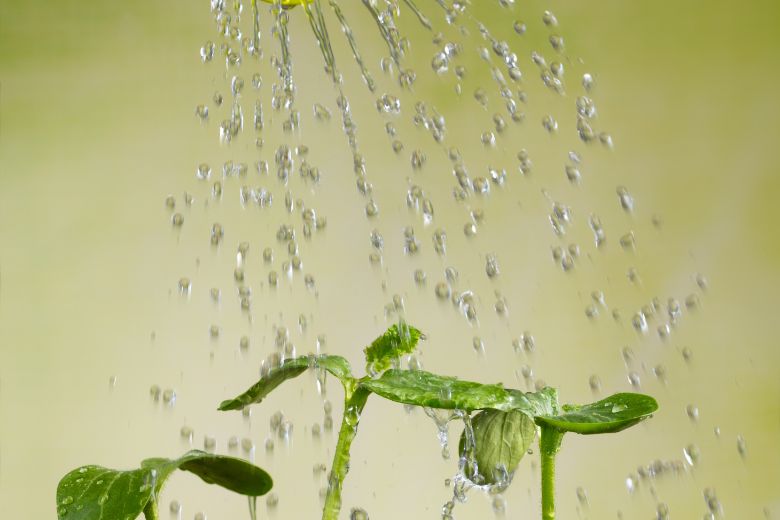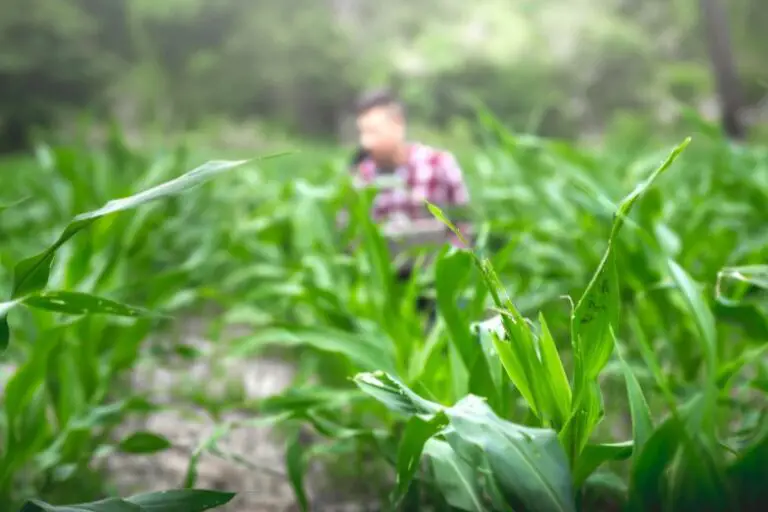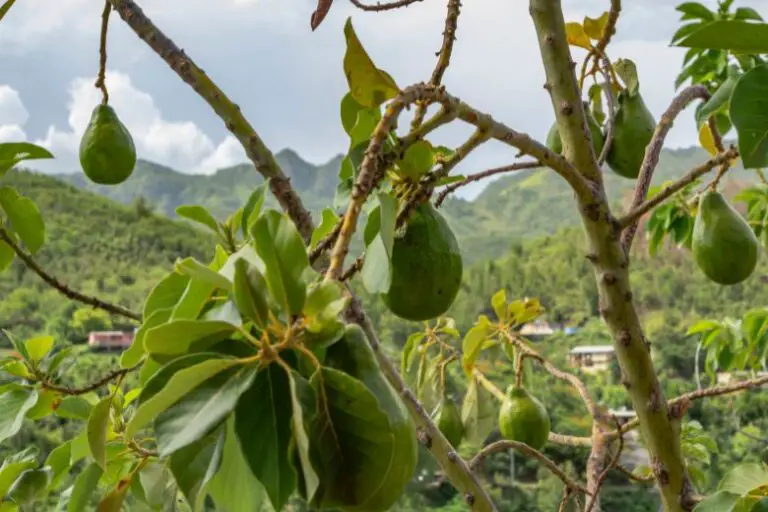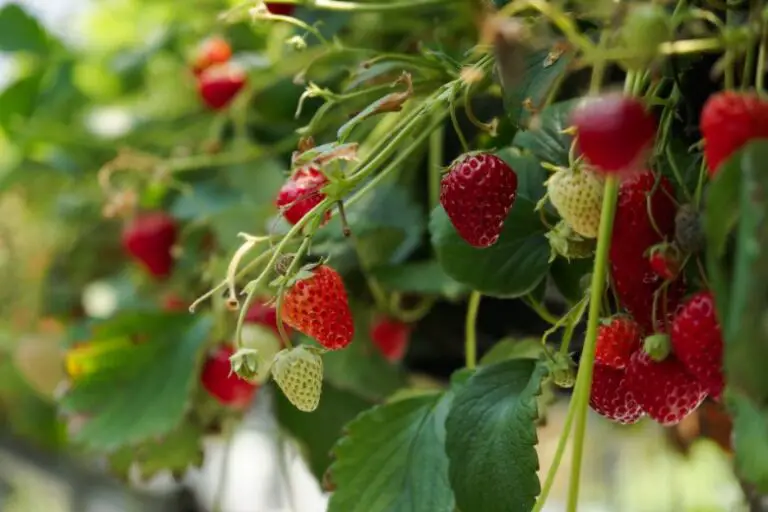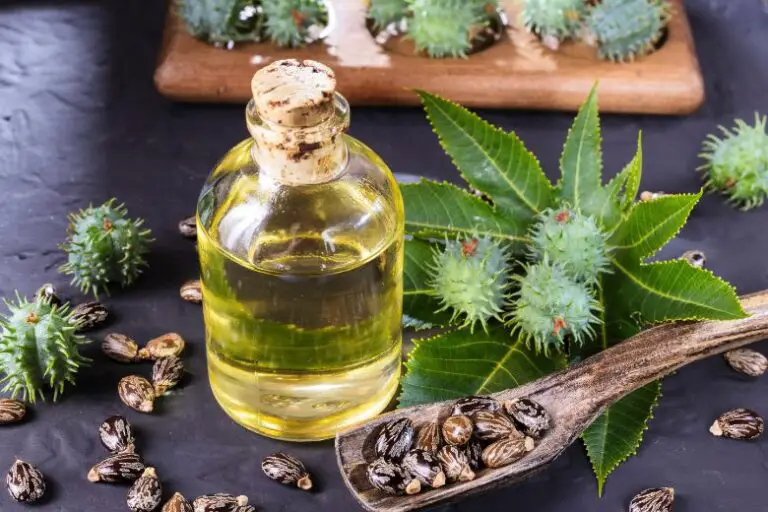Can You Grow Fig Trees in Alaska
Alaska, a land of vast wilderness and extreme climates, may not be the first place that comes to mind when you think of fig trees. Figs are commonly associated with warm Mediterranean climates, basking in the sun while a gentle sea breeze rustles their leaves. However, in the spirit of adventure and horticultural experimentation, we are here to delve into the fascinating world of growing fig trees in the Last Frontier. Can it be done? Is it a realistic figgy dream? Let’s find out!
Understanding Fig Trees
Before we dive into the challenges of growing fig trees in Alaska, let’s take a moment to understand these unique and delicious fruits. The fig tree, scientifically known as Ficus carica, is a deciduous tree belonging to the mulberry family. Figs have been cultivated for thousands of years and are renowned for their sweet and luscious taste. They are packed with essential nutrients like fiber, vitamins, and minerals, making them not just a delightful treat but also a nutritious addition to any diet.
The Fig’s Love Affair with Warm Climates
It’s no secret that fig trees love warm climates. Native to the Mediterranean region, they thrive in places with long, hot summers and mild winters. This climate allows the trees to go through a necessary dormancy period during the colder months, ensuring their survival and future fruiting.
Challenges of Growing Fig Trees in Alaska
Harsh Winters and Frost
Alaska’s winters are known for their harshness, with temperatures plunging well below freezing. Fig trees, being cold-sensitive, may find it challenging to survive such extreme conditions. Frost can damage the tender branches and even kill the entire tree.
Daylight Hours and Sunlight Intensity
Figs require plenty of sunlight to thrive and produce a bountiful harvest. However, Alaska’s far northern location brings unique challenges with its extreme variations in daylight hours throughout the year. During the summer, the Land of the Midnight Sun boasts nearly continuous daylight, but the opposite is true during the long, dark winter months.
Soil Conditions and Drainage
Fig trees prefer well-draining soil, which can be an issue in some parts of Alaska. The frozen ground and excessive moisture during the thaw can hinder proper root development and cause root rot.
Selecting the Right Fig Varieties
To increase the chances of success, it’s essential to choose fig varieties that are cold-hardy and better adapted to colder climates. While there are fig cultivars specifically bred for colder regions, their growth may still require additional care and protection.
Extended Growing Season: Is It Possible?
Given the short growing season in Alaska, it may be a challenge for fig trees to reach maturity and produce ripe fruits before the onset of winter.
Tips for Growing Fig Trees in Alaska
Now that we’ve explored the challenges, let’s not lose hope! With dedication, proper care, and a bit of creative thinking, it is possible to grow fig trees in Alaska. Here are some tips to increase your chances of success:
Choose the Right Location
Select a south-facing site that receives maximum sunlight during the day. This will help the fig tree absorb as much warmth as possible and protect it from harsh northern winds.
Use Microclimates to Your Advantage
Consider creating microclimates around the fig tree by using reflective mulches or strategically placing heat-absorbing materials to radiate warmth back to the tree during the colder nights.
Container Gardening
Growing fig trees in containers allows for better mobility and protection during the harshest winter months. You can move the containers indoors or to more sheltered locations when temperatures drop significantly.
Provide Winter Protection
Wrap the fig tree with burlap or other insulating materials to shield it from frost and extreme cold. You can also use frost cloths and blankets on colder nights to keep the tree cozy.
Pruning and Mulching
Prune the fig tree during the dormant season to remove any damaged or dead wood. Mulch around the base of the tree to help retain soil moisture and regulate temperature.
Success Stories from Adventurous Alaskan Fig Growers
Alaska, being a land of resilient and resourceful people, has seen some adventurous souls take up the challenge of growing fig trees. Despite the odds, these growers have managed to witness the sweet success of their figgy endeavors. Let’s hear their stories of triumph and pick up some valuable tips along the way.
Alaskan Fig Grower Spotlight
One such inspiring story is that of Sam Thompson, the pioneer of far north figs in Alaska. Sam, a passionate horticulturist, was determined to grow his favorite fruit in his backyard, no matter how difficult it seemed. After extensive research and consultation with experts, he decided to experiment with cold-hardy fig varieties.
Sam’s dedication paid off as his fig trees survived the first winter and bore fruit the following summer. His secret? He created a microclimate around the trees using reflective mulches and positioned them in the sunniest spot in his yard. Sam’s figgy success has inspired many others to embark on their own fig-growing journey in the chilly Alaskan climate.
Frequently Asked Questions
Can fig trees survive in temperatures below freezing?
Yes, fig trees are susceptible to cold damage, especially if temperatures drop significantly below freezing. Proper winter protection measures, such as wrapping the tree and using frost cloths, can help them survive.
How do I choose the right fig variety for Alaska?
Look for cold-hardy fig cultivars that are specifically bred to withstand colder temperatures. Consult local nurseries or horticultural experts for the best recommendations.
Can I grow fig trees indoors in Alaska?
Yes, growing fig trees in containers and keeping them indoors during winter is a viable option in Alaska. Just ensure they receive enough sunlight and care during their indoor stay.
Is it possible to extend the growing season for fig trees in Alaska?
Extending the growing season can be challenging, but using techniques like planting in warm microclimates and providing extra protection can help.
Do fig trees require a lot of maintenance?
Fig trees are relatively low-maintenance, but they still need regular pruning, mulching, and winter protection in colder climates like Alaska.
Conclusion
While growing fig trees in Alaska may pose challenges, it is indeed possible with the right techniques and dedication. As more adventurous Alaskans take up the figgy mantle, we may witness a flourishing fig community in the far north. So, if you are passionate about gardening, ready to embrace challenges, and determined to make the figgy dream come true, why not give it a try? Remember, where there’s a will, there’s a way, and Alaska’s gardening pioneers are living proof of that!

